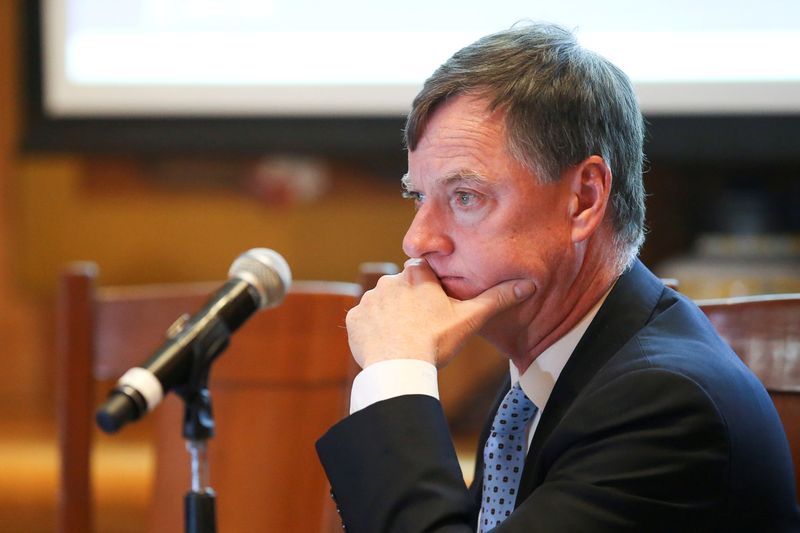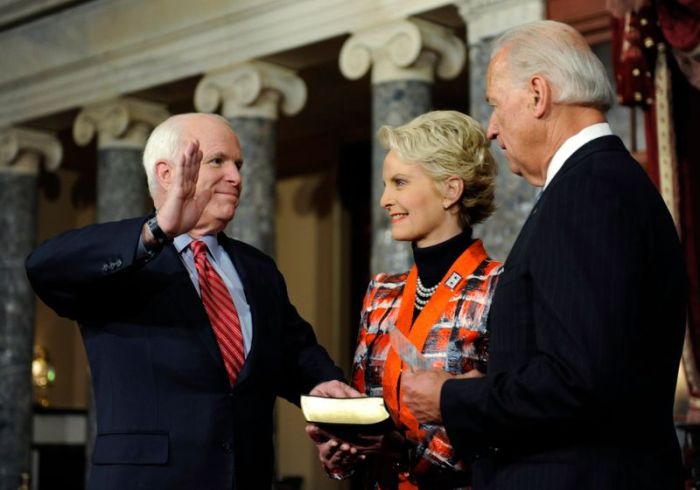(Reuters) – The U.S. economy risks a longer, slower recovery and “recessionary dynamics” if Congress fails to pass a fiscal package to support out-of-work Americans and state and local governments, Chicago Federal Reserve President Charles Evans said on Tuesday.
“Fiscal support is just fundamental,” Evans said at a virtual meeting of the London-based Official Monetary and Financial Institutions Forum.
His own forecast for the U.S. unemployment rate to fall to 5.5% by the end of next year assumes not just a vaccine for the new coronavirus but also a U.S. fiscal package of at least $500 billion or $1 trillion, he said.
Congress passed a $2.3 trillion package in March, but looks unlikely to deliver any more support before the Nov. 3 presidential election.
“Every week and every month that we go without renewing additional fiscal support that we saw strongly sent out in the spring and summer, we risk a longer period of slow growth if not outright recessionary dynamics,” Evans said Tuesday.
About 30 million Americans are currently drawing on some form of unemployment insurance.
In a bid to provide its own measure of support for the still-struggling economy, the Fed last week promised to aim for inflation moderately above 2% for a certain period so that it averages 2% over time. To do so, the U.S. central bank said it would pin interest rates at their near-zero current level until it achieves that overshoot.
Investors, disappointed the Fed did not back up its new promise with further bond-buying, sent stock prices tumbling after that announcement.
While Evans on Tuesday did not rule out more quantitative easing, he made clear he didn’t think it was imminent.
“The judgment has to be, what are we looking for in terms of further reductions in term premiums or portfolio balance effects if we were to engage in further asset purchases,” he said. “I am open-minded; we will have discussions about this.”
The Fed is already buying $120 billion of Treasuries and mortgage-backed securities each month, the yield on the 10-year Treasury is still very low, and the Fed’s newly adopted forward guidance is very aggressive, Evans said.
The larger uncertainties at the moment, he said, include fiscal policy, control of the virus, and whether aggregate demand will hit potholes or the economy will be able to thrive.
Evans also said the Fed still needs to discuss its new average inflation target, including when it would “start the clock” on any period for average inflation.
If the Fed were to begin averaging this year, with inflation expected to be around 1.5%, and limits its tolerance for an inflation overshoot to a “timid” quarter of a percentage point over target, it would take until 2026 to 2028 before the 2% average is achieved.
But, he said, “we could start raising rates before we start averaging 2%.”
(Reporting by Ann Saphir; Editing by Chizu Nomiyama, Paul Simao and Bernadette Baum)



















